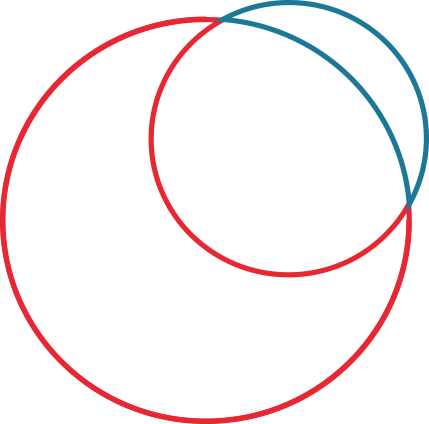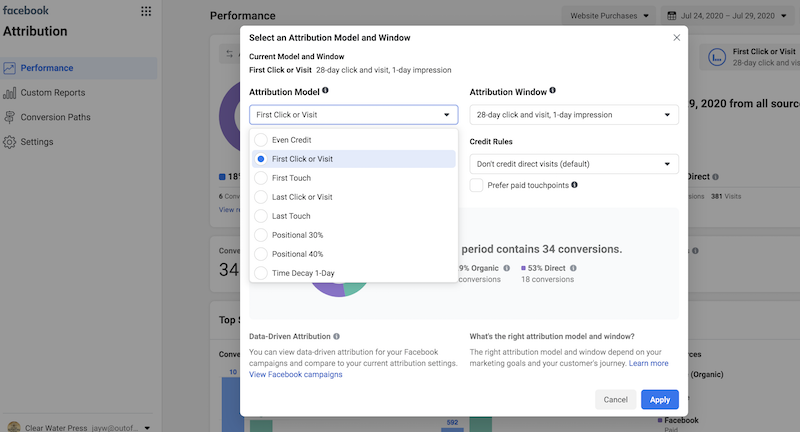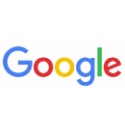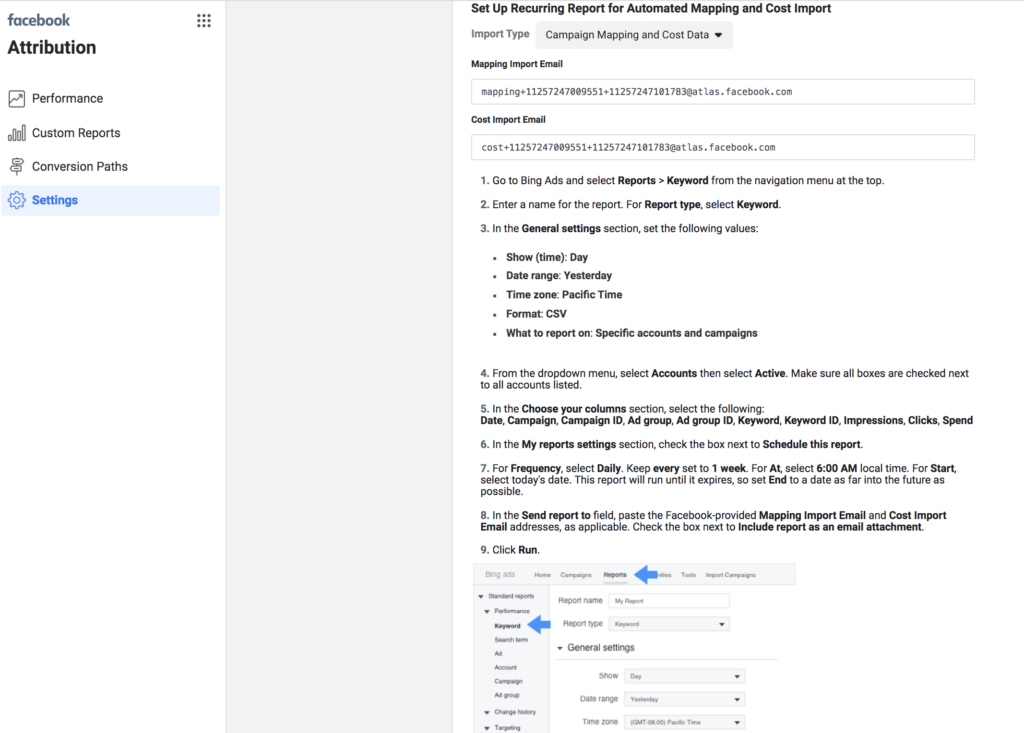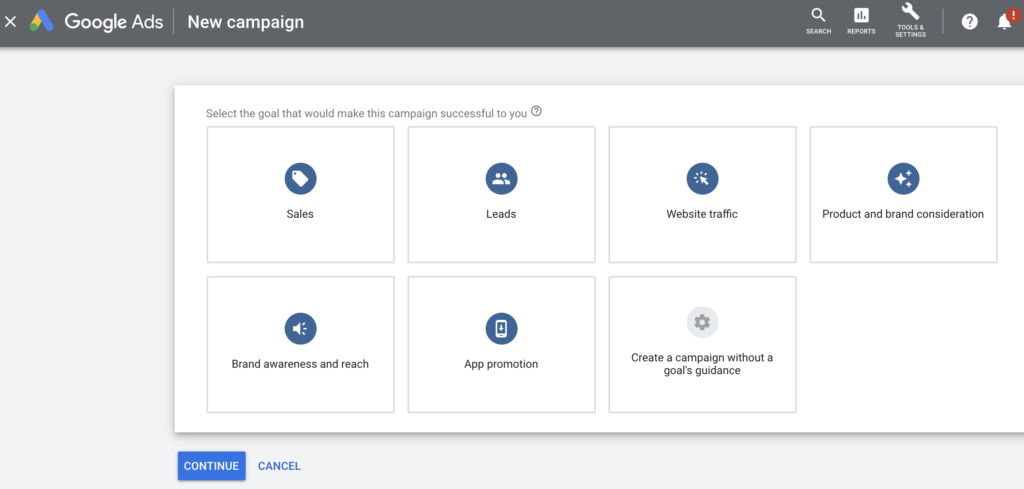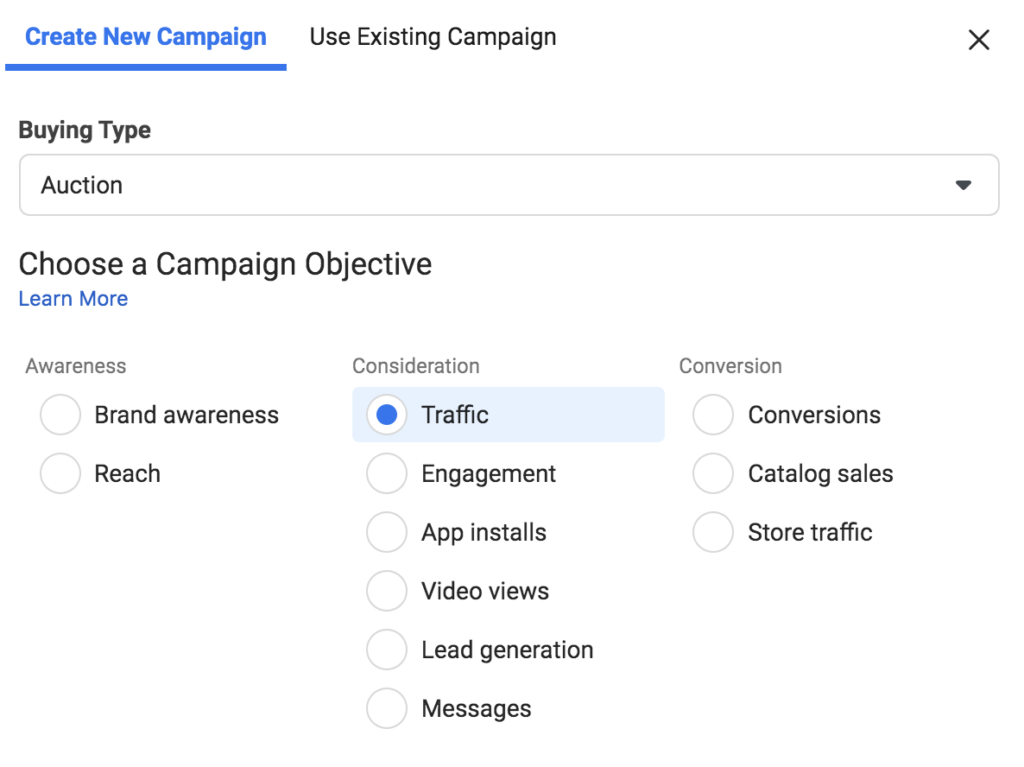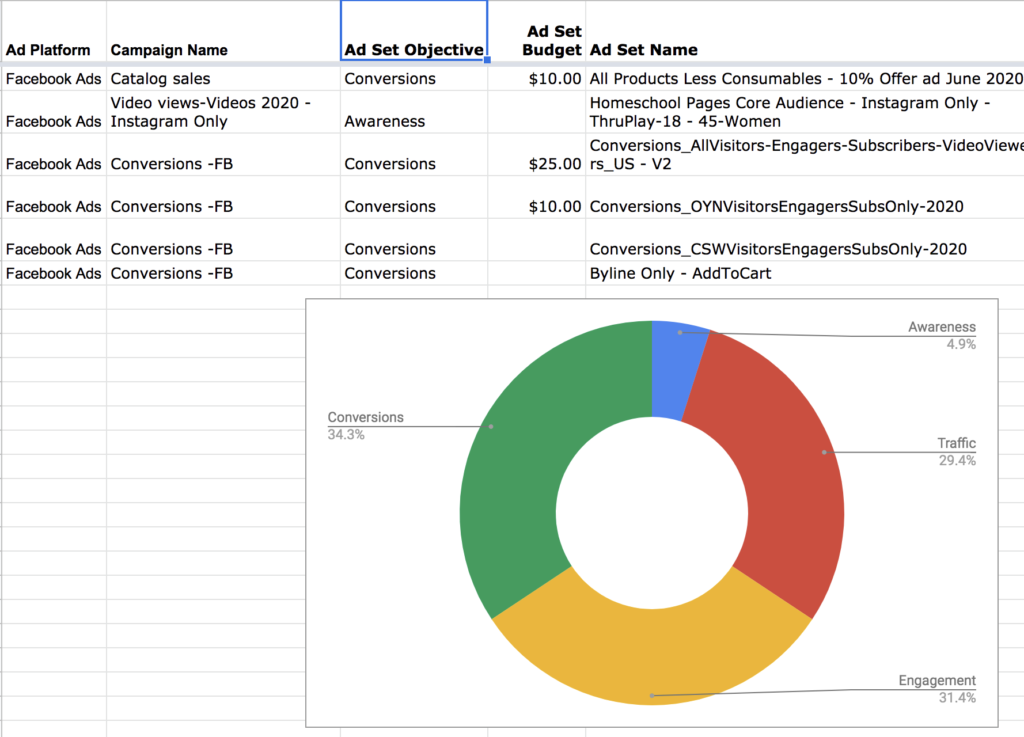Facebook Ups Their Attribution Modeling Game
Recently, I noticed Facebook has updated the Facebook Business Manager interface with additional functionality. One area that caught my interest was the Attribution section as you can see below:
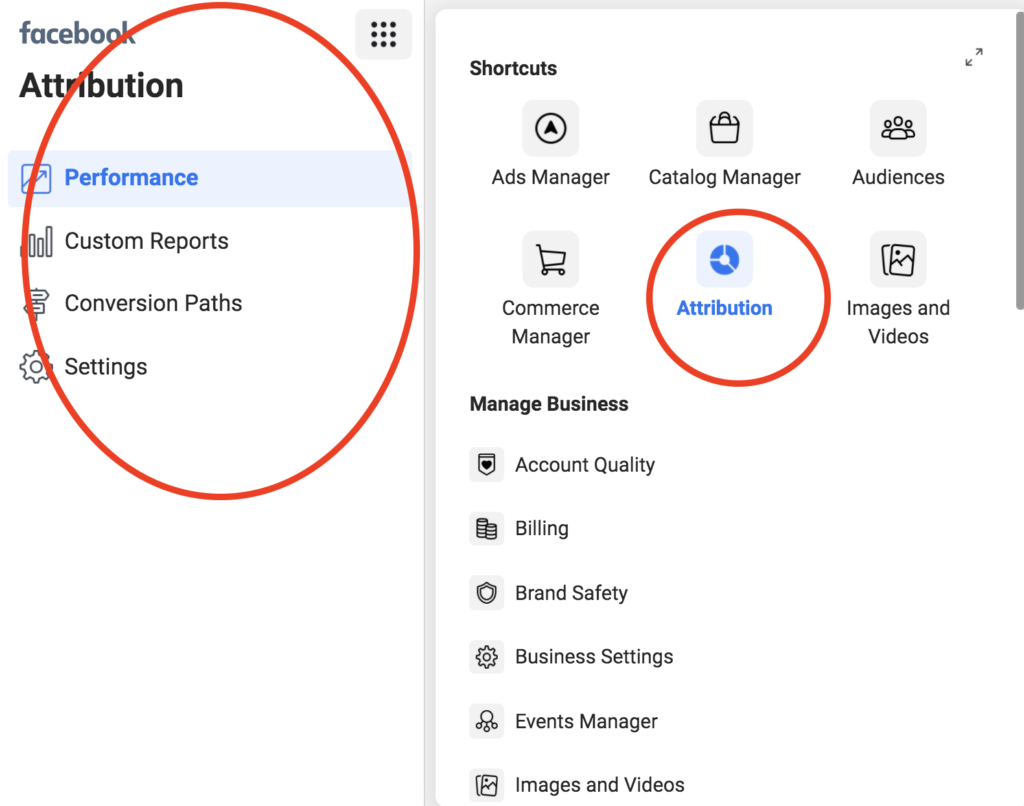
Settings
I went ahead and configured the settings for one of our clients. Facebook’s Attribution tool set up has four components:
- Diagnostics – shows you any errors with your Facebook pixel, lets you know if data is being received correctly or not.
- Data Sources – displays your pixels and events.
- Referring Domains – similar to Google Analytics, you can exclude referring domains from reporting (such as paypal or other payment processing third-party domains).
- Ad Platforms – this is where you can connect other ad platforms and pull in their data for a fuller picture of how your advertising is doing across all the publishers.
As you can see in the snapshot below, Facebook has a decent number of connectors to various ad platforms.
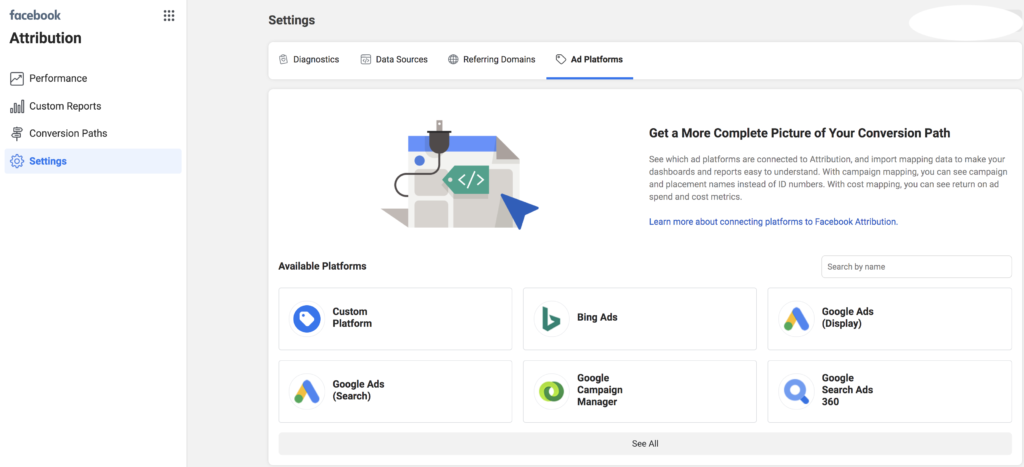
Adding Tags and Import Mapping Data
In order to see the click and impression data from your Bing or Google ads, you need to copy and paste what are called ‘Click Tags’. These tags send data back to Facebook when someone clicks on your Bing or Google ads, giving Facebook a better picture of your advertising not just on Facebook but Bing and Google as well.
As you see below, this process is not very user friendly and the click tags are very confusing:

The final step involves ‘mapping’ your Bing data and sending that data to Facebook via a somewhat confusing set of steps that basically have you set up, within Bing reporting, a daily report (csv format) that is emailed to Facebook daily!
I guess this is a first iteration of this Facebook Attribution tool but I would have rather seen this integration be done via a more seamless api integration between the two systems rather than a daily csv email!
Facebook Attribution Reporting Results
Well, we are still waiting for the BingAds data to be imported into the Facebook attribution tool. As of this post, we haven’t seen any BingAds data. I will update this post with more information as we continue to test this new, exciting feature.
Have you tried the Facebook Attribution report? What sort of results have you received? Would love to hear from you!

